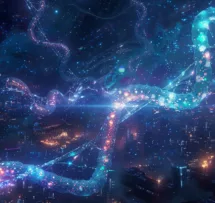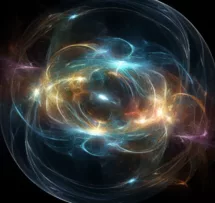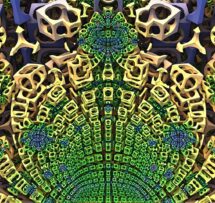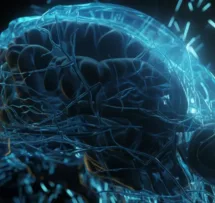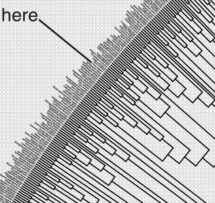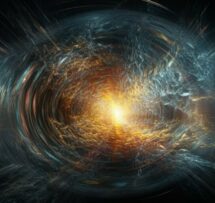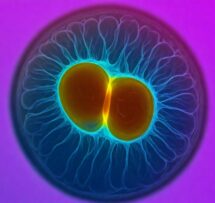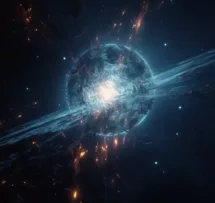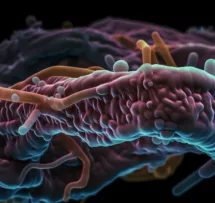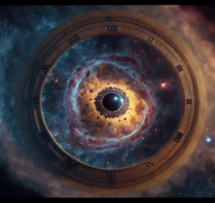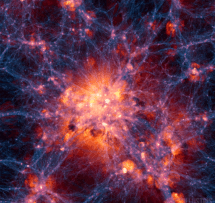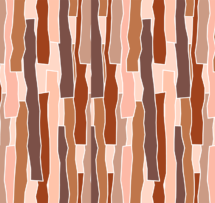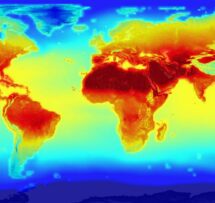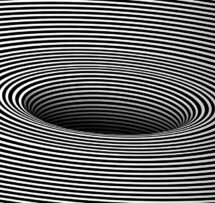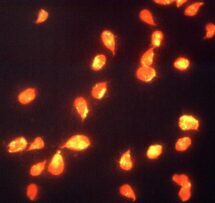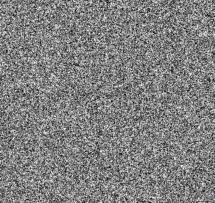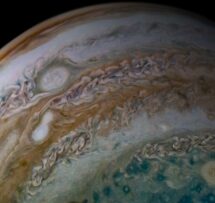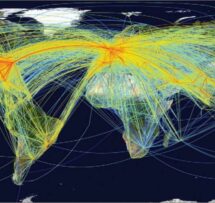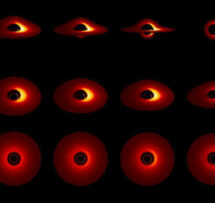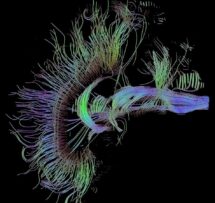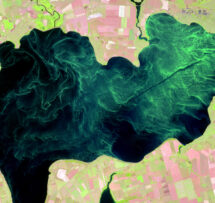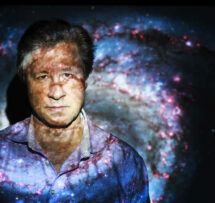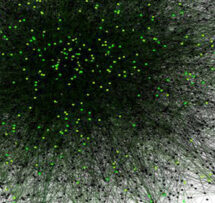The End of the Dinosaurs
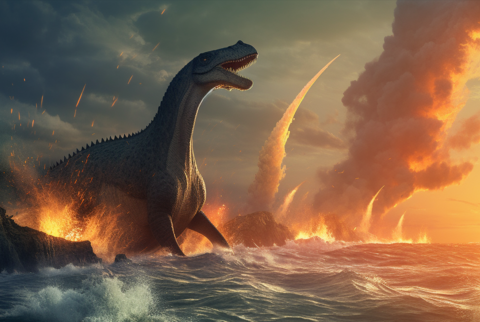
What exactly happened on the day the dinosaurs died? Why is the recent proof of the devastating impact of an meteor so important for our knowledge of life on earth nowadays? Why is this such a groundbreaking discovery?
Every four year old knows the dinosaurs have gone extinct. However, it is only since very recently that scientists have discovered the first bits of a long and complex treasure hunt.
The quest for the causes of their disappearance started with the realisation that the moment of extinction was a remarkably quick process.
Traces of the meteor’s impact; debris, ash and soot are preserved in the dividing line between the Cretaceous and the Tertiary period, also known as the KT boundary, a thin line in the Earth’s sediment, measuring nearly a centimetre thick but telling so much about the geographical circumstances characterising earth. An ice free earth in a tropical climate, where volcanoes were abundant, and the air was thick with gas, dust and carbon dioxide. However, there are still many missing bits of information on the lives of the animals and plants roaming the earth in that moment before they have gone extinct.
Roughly 65 million years ago, this meteor raced towards earth with a speed of 45 thousand miles an hour, and a supersonic shockwave marking its tail, to land in the current Yucatán peninsula in Mexico, where it left an 18 miles deep crater This event marked the end of the Cretaceous period, and the start of the Paleogene period. Traces of this process are very accurately visible in the ‘database’ of the geological history; in the sediment layers of the earth, where an incredible large amount of iridium is shown here. This element, or the ‘little brother’ of platinum shows the presence of matter from outer space, the proof of an meteor hitting the earth’s surface.
New pieces have been added to the puzzle of evidence throughout the past years. The most recent found particles are the remains of the last bits of life that has lived the short moments before the impact. At the time of the impact, flood waves emerged in North Dakota (US) preserving and burying the particles of evidence the particles on a beautiful way.
In this talk, paleontologist Jan Smit (Emeritus Professor Event Stratigraphy, Vrije Universiteit Amsterdam), will take you on a journey, 65 million years back in time, and to the recent decades of his groundbreaking research and discoveries of the KT impact. Together with Walter and Luis Alvarez, he discovered the crater in Yucatán, called the Chixculub crater and marking the end of the period that dinosaurs lived on Earth. This discovery in the 1990ies, made him and the Alvarez brothers the founding fathers of the impacttheory unraveling the secrets of discovering the secrets of the disappearance of the dinosaurs.

Jan Smit
The End of the Dinosaurs
What exactly happened on the day the dinosaurs died? Why is the recent proof of the devastating impact of an meteor so important for our knowledge of life on earth nowadays? Why is this such a ground breaking discovery?
Talk by
Jan Smit
Jan Smit is a paleontologist, and worked at the Vrije Universiteit Amsterdam as a Professor of Event Stratigraphy, and specialized in the rapid transformations of the earth’s system that have lead to mass extinctions.
Since his cum laude PhD thesis on the meteor impact at the Cretaceous – Tertiary boundary, Smit founded the impact-theory on the extinction on of the dinosaurs, together with Walter and Luis Alvarez. In the 1990ies he rose to world fame when he and Walter Alvarez discovered the Chicxulubcrater in Yucatán, Mexico, the proof of the meteor impact, 65 million years ago.
For his ground breaking work, he received the highest award in the Netherlands for Geologists and Earth Scientists, the Waterschoot van der Grachtpenning, by the KNGMG.

Music by
Raderkraft
Somewhere between minimal synth, electro punk and new wave floats the irresistible sound of Raderkraft, a.k.a. Amsterdam-based musician and producer Willem Stinissen. Equally cold, catchy, playful and hypnotising. Armed with throbbing analogue synths, staccato drumcomputer beats, quirky German vocals and miraculous visuals, Raderkraft takes you from the Autobahn straight into the galaxy.


